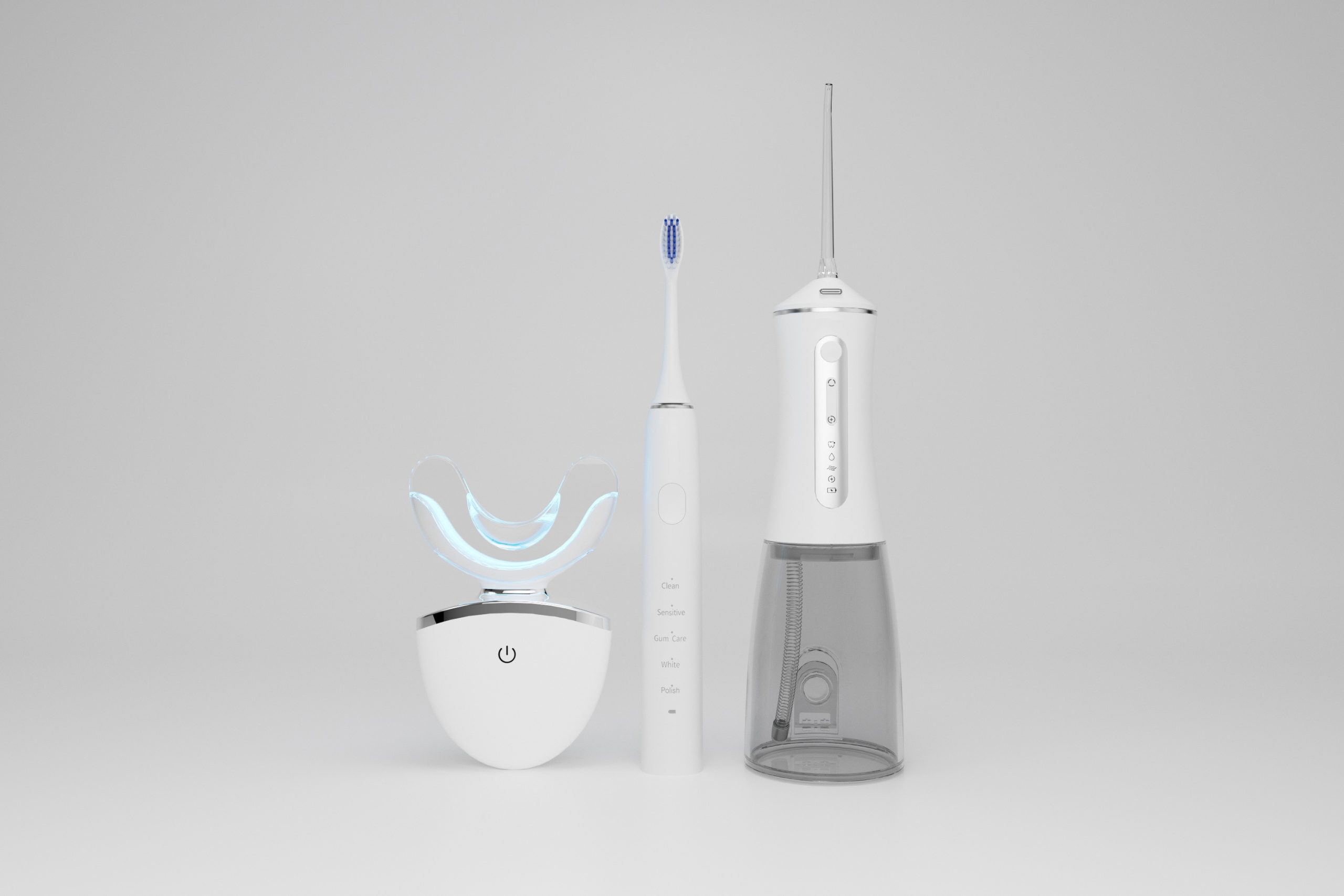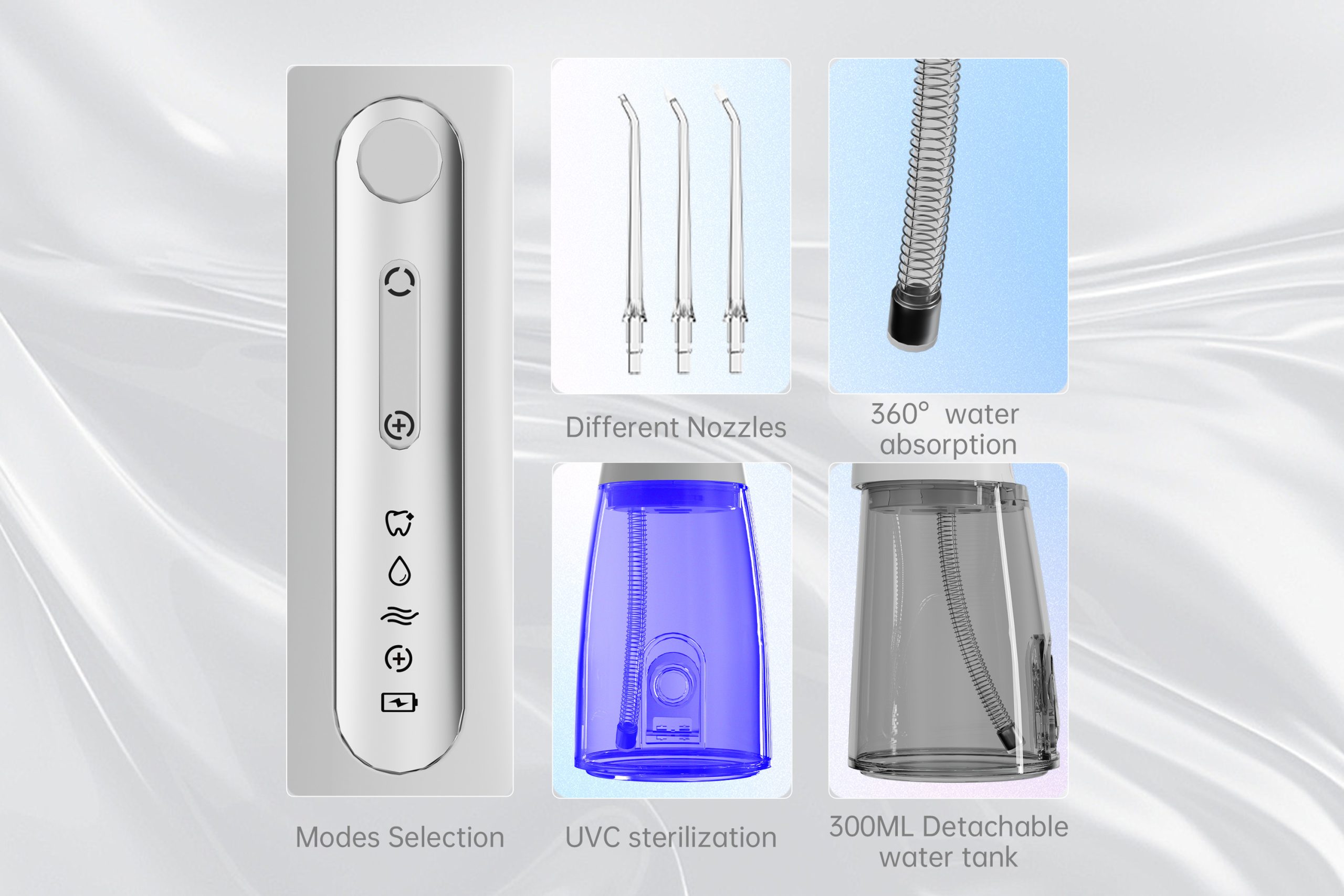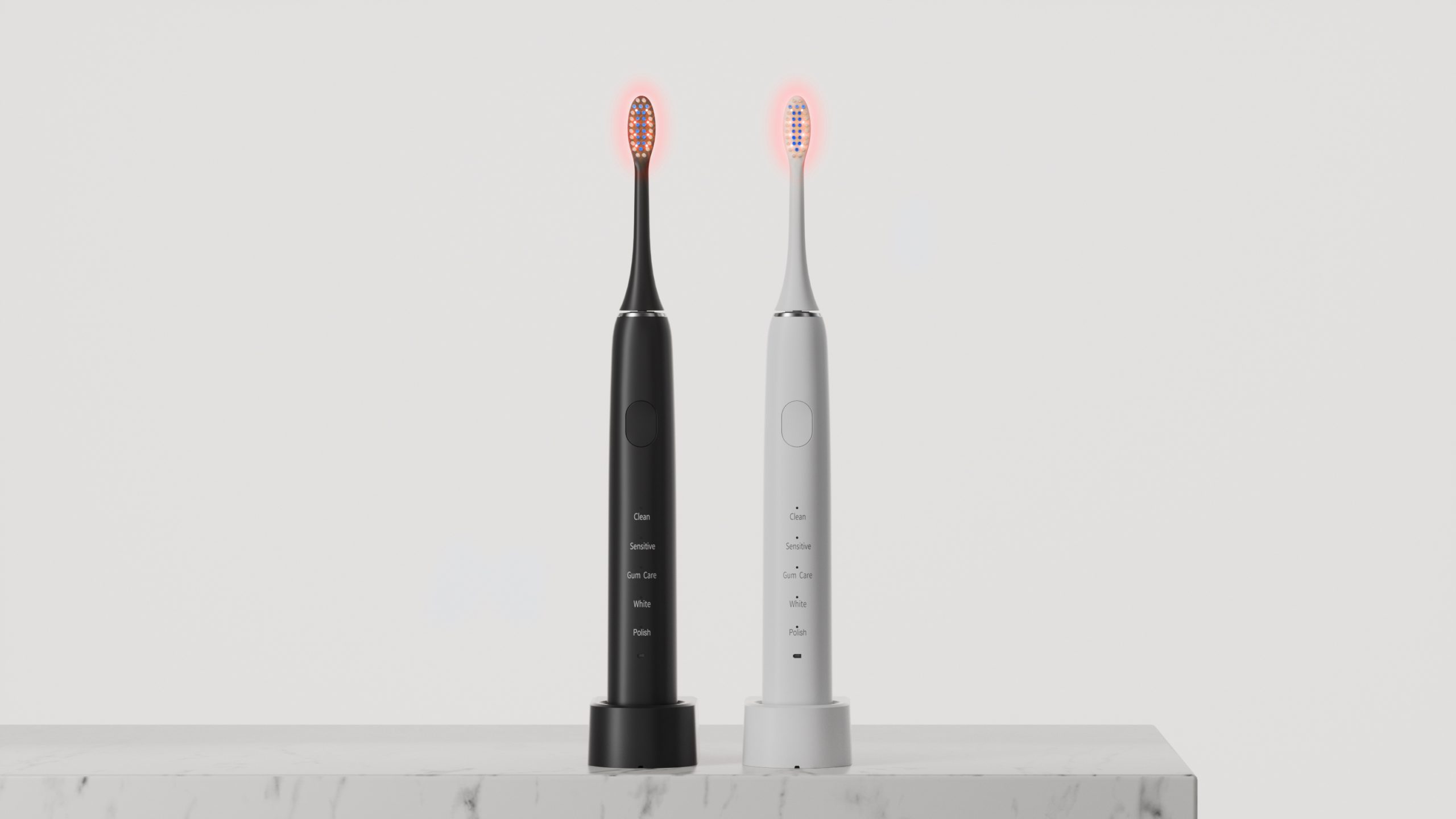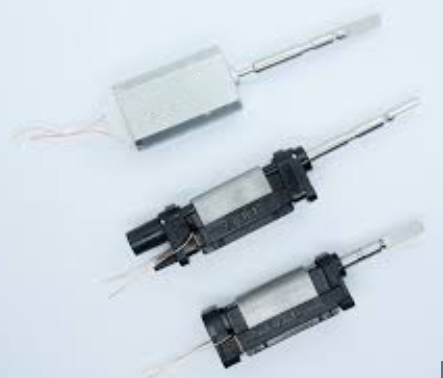When users notice a whitening efficacy decline during treatment, devices often respond with pulse intensity spikes—abrupt increases in light or vibration power intended to compensate but which can damage enamel and irritate gums. For B2B manufacturers, understanding this feedback loop is vital to designing stable, safe whitening systems that maintain consistent performance without resorting to power surges.
Many whitening units rely on optical or force sensors to gauge bleaching progress:
Robust sensor calibration and auto-recalibration routines are therefore the first step toward stabilizing performance.
Bleaching gel chemistry also changes during use:
Integrating gel-level sensing and dosage-compensation algorithms can replace brute-force intensity increases.Company web: https://www.powsmart.com/product/electric-toothbrush/
Embedded control logic often prioritizes treatment completion over user comfort:
Updating firmware to incorporate multi-level thresholds and time-weighted averages prevents harmful intensity spikes.

Hardware wear and tear contributes as well:
Routine maintenance reminders and self-diagnosis routines help avoid hardware-induced pulse anomalies.
Improper user habits exacerbate the issue:
Educating end users on correct gel handling and session pacing reduces false efficacy alarms.
To eradicate the root causes of pulse intensity spikes, B2B manufacturers should:
By integrating smarter sensing, adaptive control logic, proactive maintenance, and thorough validation, you can deliver whitening devices that maintain consistent efficacy—without resorting to jarring pulse intensity spikes.
Conclusion
Addressing the interplay between whitening efficacy decline and pulse intensity spikes requires a systems approach encompassing sensors, firmware, hardware durability, and user guidance. B2B manufacturers who embrace these six strategies will produce robust, user-friendly whitening solutions, strengthening partner confidence and driving long-term success. For deeper collaboration on advanced whitening-mode engineering, please contact our team.
Pregnancy Contraindications & Noise Level Concerns: Safe?

How Can Voice Electric Toothbrush with Multi-Language Prompts Open Up the Silver-Haired Market?

Oral Care Design for Women: Women Are the Main Consumers of the Oral Care Market
Whitening Kit-Induced Gum Irritation: Are User Manuals Clear? Does Warranty Cover It?

How to Turn Additional Functions of the Water Flosser into Differentiated High-Premium Selling Points

Water Flosser OEM vs ODM: How to Choose the Best Business Mode?
Why Do Pediatric Warnings Address Bleach Residuals?
Can Excessive Vibration from Electric Toothbrushes Loosen Teeth?

Improvement Record of Waterproof Defect of Water Flossers and the Latest Technical Solutions

Electric Toothbrush OEM Must-Know Question: How Much Money Can the Existing Mold Library Save?

Functional Electric Toothbrushes: Building Market Competitiveness through OEM Innovation
Can Child Lock Failure Exacerbate Tongue Cleaner Abrasion?
Hydrogen Peroxide Concentration & Motor Durability: Linked?
How Does Portability Enhance Allergen Detection?
.jpg)
Need Chicago repair service during Chicago holiday deals?

Sonic Toothbrush Motor Comparison: Magnetic Levitation vs. Traditional Motors

Electric toothbrush heads Charcoal Infused-Diamond

electric toothbrush heads Deep Clean

Customization Teeth Whitening Gel
.jpg)
Florida Electric Toothbrush – Powsmart PTR-C8

Private Label Whitening Gel

electric toothbrush heads Regular Clean

electric toothbrush heads Charcoal Infuse-Round

electric toothbrush heads Ultra Soft
whstapp
whstapp
National Toll-Free Service Hotline
+86 755 86238638